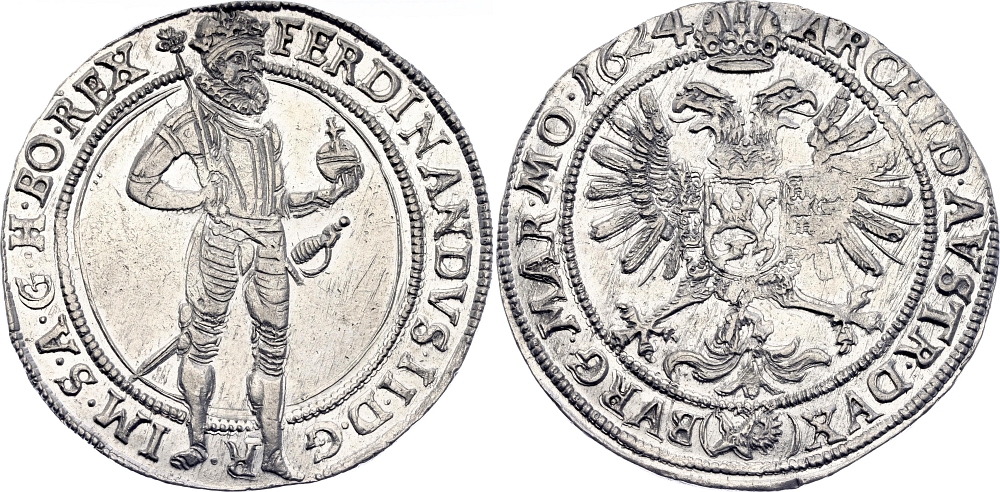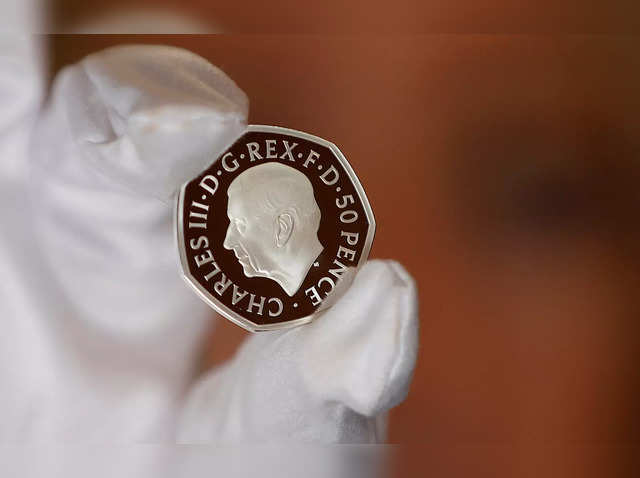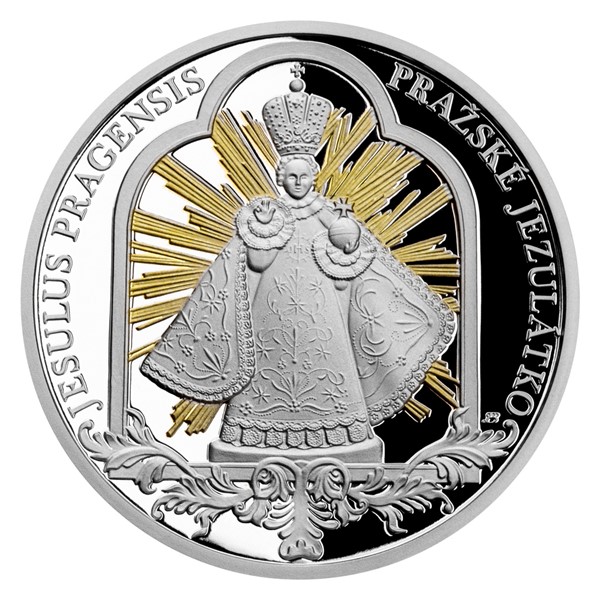Good Info To Quality Control Czechoslovakia Medals
Wiki Article
What Are The Ways Artists Draw And Design Gold Medals And Coins?
Artists employ various techniques to create sketches and designs for gold coins or medals, adapting traditional methods or utilizing digital tools for visualizationHand-Drawn Sketches
Sketches with pen or pencilA lot of artists begin with sketching their ideas on paper with pens or pencils. These sketchy sketches help you to imagine the design and layout of the coin or medal.
Detail Rendering - The artist refines his initial sketches by adding more details, defining the contours of the drawing and enhancing the composition. This stage might involve multiple attempts to achieve the desired appearance.
Inking and Tracing. After the sketch in pencil is completed, the artist can trace or draw ink over the design. This will give a more defined outline. It is common to trace the pencil sketch onto paper that is fresh or use a tracing sheet to complete this step.
The use of depth and shading techniques may be employed to enhance the look of a medal or coin to enhance its real-world appeal. They also can highlight particular elements.
Digital Design Creation
Graphic Design Software. Artists proficient in digital design use Adobe Illustrator and Photoshop, along with specialized modeling programs. They employ digital tools to ensure precision, scale and manipulation in order to create the coin design or medal.
Vector GraphicsDigital design typically developed using vector graphics. Scalability is possible without compromising quality. This will allow the design to be scaled down to different coin sizes while maintaining its clarity.
3D Modeling - For experienced artists, 3D modeling is a method to show a coin design or medal in three-dimensional space. This will give a better depiction of the final design and helps you understand what it will appear like.
Visualization: Artists can render their designs digitally to simulate the way a medal or coin will look like once they are finished. They can apply different designs, effects or textures.
Hand-drawn and digital designs require a keen eye for details, artistic skills, and a good understanding of the technical constraints as well as the specifications and requirements for minting medals and coins. Artists have the option of choosing which method they prefer based on their personal experience, their knowledge of customers, or on the aesthetics of the final design. Read the top rated drawing Czechoslovakia gold medals blog tips. including gold quarter, $5 gold coin, krugerrand, gold coin values, 2000 sacagawea, maple leaf gold coin, silver price jm bullion, gold eagle coin, 1972 gold dollar, gold and bullion and more.

What Is The Reason Why Gold Coins Or Medal Diets Undergo A Process Of Vacuum Hardening?
Vacuum hardening is a procedure which involves exposing dies to high temperatures and a controlled atmosphere in furnaces. This article will provide an outline of the vacuum hardening process for dies Preparation and Cleaning.
When making dies that will be used to strike coins or other medals, it's important that they are free of residues or contamination.
Incorporating the load into a vacuum furnace
The dies are placed inside the vacuum furnace. It is a special heat-treating chamber capable of creating an atmosphere of vacuum.
Evacuation from Air-
The vacuum furnace removes air from the chamber, resulting in a controlled vacuum environment devoid of oxygen and other gases. This stops oxidation and provides the same heating.
Heating Phase
The furnace is heated to the required temperature for hardening of dies. The range of temperature will be determined by the material type and the process of hardening.
Soaking at high temperatures-
The dies are held at a high temperature for a precise duration that allows the material to reach and retain the desired hardness as well as metallurgical structure.
Quenching (or Cooling)
After the soaking phase after which the dies are quickly cooled by using special methods. The rapid cooling process assists in locking the desired hardness in the material.
Tempering (Optional).
In certain circumstances, a process of tempering may follow the process of hardening. Tempering involves heating the dies up to a cooler temperature to ease stress and maintain their toughness.
Quality Control and InspectionQuality Control and Inspec
The dies that have been hardened are checked and verified to ensure that the dies meet the requirements.
Post-Treatment Handling-
Once the vacuum hardening process is finished The dies can undergo additional processes such as polishing or coating before they are used in the coin or striking process.
Vacuum hardening enhances the life endurance, toughness and wear resistance of the dies which are used to make gold coins or medals. The process of vacuum hardening is an efficient and reliable method to harden dies in a controlled, safe environment free of any contaminants. Check out the top vacuum hardening Prague Mint gold coins more info including gold sovereign, coin buy silver, gold bullion gold, chinese coins, gold medal gymnasts, krugerrand, 1 0z gold price, gold bullion coins, $50 gold piece, 1 10 gold eagle and more.

What And Why Are Some Finishes Or Textures Like Matte Or Textured Surfaces Created By Sandblasting?
Sandblasting is a method used to achieve certain textures or finishes like smooth or textured surfaces on gold medals or coins. How and why do you use this technique?
Surface preparation: The medal, coin or other piece of material is placed inside an enclosed chamber or cabinet that has the nozzle which is connected to a compressor. This chamber is usually enclosed in order to keep the abrasive that is used in the process contained.
The medal or coin is then coated with abrasive substance, which can include glass beads, sand silicon carbide or aluminum oxide.
High-Pressure Propeller: The abrasive particle is launched onto surfaces using compressed air. The surface texture is produced through the force and speed of the particles.
Texture creation. The impact of abrasives on a surface alters its topography creating a textured matte finish. This method lets you roughen specific regions, or to create a texture that is consistent across the surface.
Controlled Application - Sandblasting's intensity, duration, and angles of application are all controlled to produce different textures or finishes. Different abrasives and pressure levels yield different results.
Sandblasting is used for a variety of reasons.
Texture variations- Sandblasting enables the creation of various surface textures, or even mattes, frosted, or even grainy surfaces. This adds an aesthetic appeal and adds unique characteristics to coins or medals.
Aesthetic Improvement- Sandblasting changes the look of surfaces. It disperses light reflections and decreases shine. This increases the appearance of a coin or a medal. Matte surfaces, such as ones that cut down on glare may highlight particular design features.
Anti-Glare Property - Sandblasting produces smooth or matte surfaces that minimize reflections, glare and make the medal or coin more attractive.
Contrasting Design Elements. Sandblasting can create contrast between polished areas and textured ones on the coin. It is a great way to highlight specific design elements or create visual depth.
Sandblasting can be customized and artistic expression as well as the creation of unique medals or coins that have textures or finishes that are customized to meet certain design requirements.
Sandblasting is a versatile technique employed to create a variety of surfaces or textures on gold-plated coins and medals, contributing to their visual appeal, and overall design. View the most popular sandblasting Prague Mint gold coins website examples. including buy gold coins near me, gold eagle coin price, sd bullion gold, gold price jm bullion, 1999 gold quarter, buy gold and silver, sd bullion gold, gold medals, gold and silver dealers, buy gold bars from bank and more.

What Is The Reason And How Do Limited Edition Or Collectible Gold Coins Individually Numbered
The naming of collectible or limited edition coins is usually performed for a variety of reasons. This includes establishing authenticity, ensuring exclusiveness, and increasing their attraction to collectors. What is the process behind this numbering done?
Sequential numbering- Every limited edition or collectible coin has an unique number. The numbers are usually written or engraved onto the surface of the coin or on its edge. The number signifies the coin's place in the series.
Certificate of authenticityA coin can come with a document matching the unique number. The certificate confirms authenticity of the coin, providing details such as the amount of metal used, the minting data, and the series.
Reasons for Numbering Coins Individually
Authenticity Assurance – Each number is a unique identifier which assures the authenticity of the coin within the limited series. Each number acts like an unique identifier, and is a guarantee that the coin is genuine.
Exclusive and rare - Limited edition coins that contain individual numbers are regarded as more rare and expensive. Due to their limited supply numbers are sought-after by collectors. This increases their value and appeal.
Coins with numbers create a collector's appeal, allowing collectors to track and highlight particular numbers in a collection. The numbers that are less or have greater importance in a particular sequence could be considered more valuable or desirable.
Individual Numbering Encourages Collector Engagement and Interest in Completing Sets or acquiring specific numbers. Certain collectors are drawn to specific numbers because of their own preferences or landmarks.
Value and Resale Potential- Coins with unique numbers can be more valuable in the secondary market, especially when they are serial numbers or are part of an established series. These coins can be highly valued due to their rarity or their uniqueness to collectors.
Trackability and Documentation-Numbering facilitates tracking and documentation of each coin's history, aiding in the verification of provenance and authenticity in the collector's market.
The mints and issuers can prove authenticity by numismatizing limited-edition gold coins. They also give them the appearance of exclusivity. This will increase their appeal to collectors seeking rare, valuable, or significant pieces from specific series. These coins are often numbered and have special meaning and value within the world the world of numismatics. Read the recommended Czechoslovakia gold coin numbering site recommendations including gold bars for sale near me, gold coin gold, coin gold bullion, gold bullion price, cost of 1 oz of gold, 1 ounce gold bullion, buying silver bars, gold quarter 2000, gold dollar coin 2000, 1 10 oz gold eagle and more.
